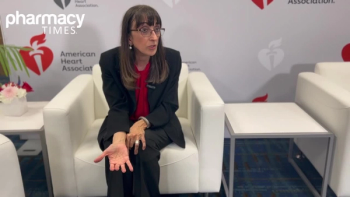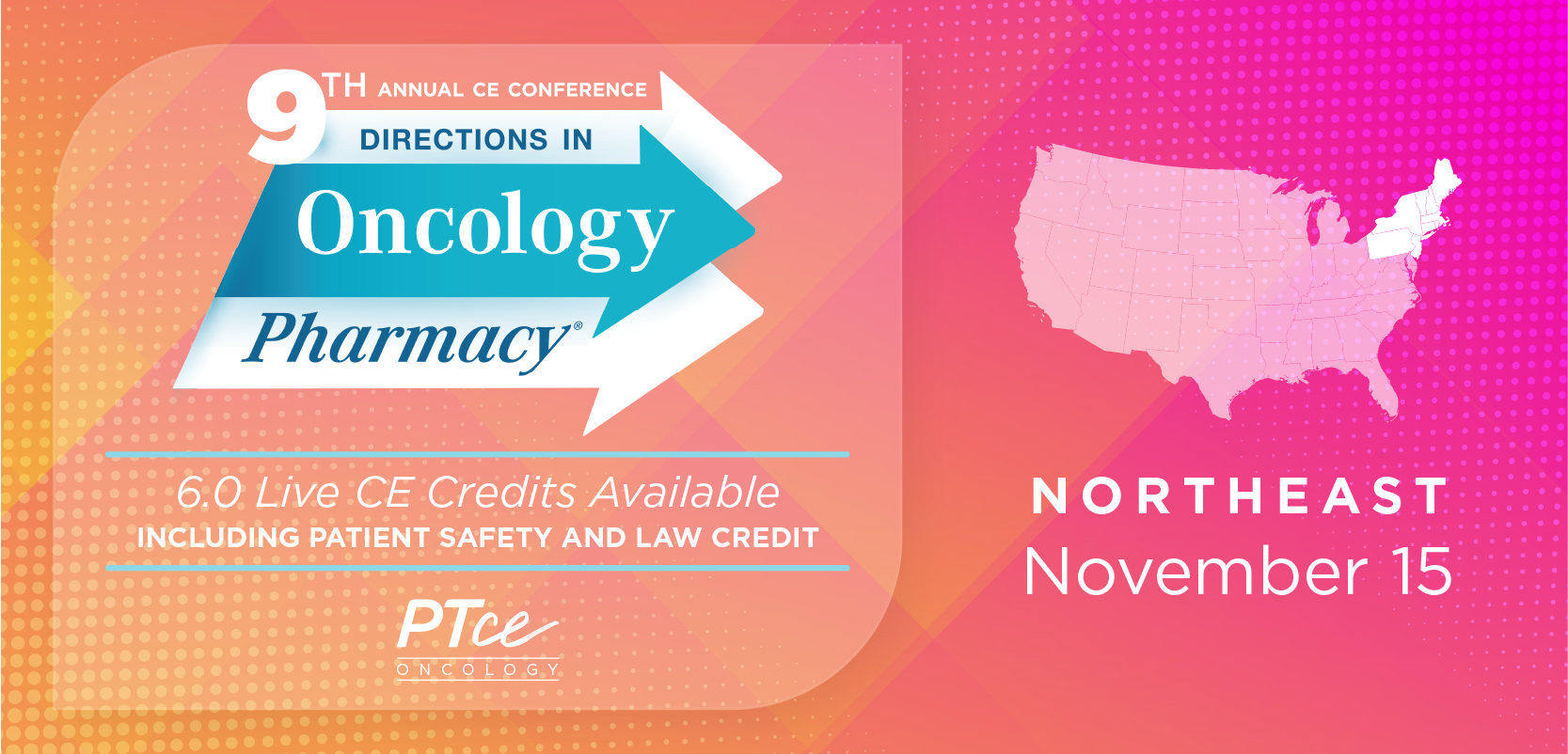
- November 2025
- Volume 91
- Issue 11
The Average Health Insurance Premium Now Costs $27k Per Year for a Family
Key Takeaways
- Health insurance premiums and out-of-pocket costs are increasing faster than wages and inflation, impacting disposable income significantly over time.
- GLP-1 drugs are drawing significant attention for their potential impact on healthcare costs, despite low coverage rates for weight loss.
The Latest Kaiser Family Foundation Employer Health Benefits Survey Has Unsurprising but Consequential Findings
Premiums Up and Out-of-Pocket Share Increase as Expected
According to the latest Kaiser Family Foundation Survey of Employee Health Benefits (2025), the average annual premiums for employer-sponsored health insurance in 2025 were $9325 for single coverage and $26,993 for family coverage.1 Notably, the federal poverty line for a family of 3 is $26,650 this year, less than the cost to provide coverage for the same family of 3 if one of the household members were employed and not eligible for Medicare, Medicaid, or special coverage programs such as those for certain qualifying children in low-income households.2
Back To “Normal” Post–COVID-19 Trends Against Wages and Inflation
In 2022, for the first time in many years, wages and overall inflation grew faster than health care costs, meaning people’s income increases temporarily kept up with or exceeded the rising cost of health care. Now, however, increases in health insurance premiums and out-of-pocket costs for health care consumption are again outpacing wage growth and general inflation. Family premiums increased 6% against wage increases of 4% and 2.7% in overall inflation year over year, in line with historical averages over the past 20 years. Although a 2% difference may not seem like much, when compounded over decades (as it has been consistently), large portions of disposable income continue to be eaten up by health insurance coverage cost-share and out-of-pocket costs.
A Deeper Dive Into the Data Reveals Unsurprising Results for Pharmaceuticals
Approximately one-fourth of employers who reported their chosen level and type of glucagon-like peptide-1 (GLP-1) prescription benefit coverage included coverage for weight loss. Despite low coverage rates for weight loss, roughly one-third anticipate GLP-1 coverage will have a significant effect on the overall cost of the benefit, and another third expect a moderate effect for the upcoming year. However unsurprising, it is remarkable for a single class of drugs to garner such scrutiny and financial attention from human resources and finance divisions. When was the last time the popular culture knew a class of drugs so widely and fluently as to refer to them by their mechanism of action? GLP-1s are a once-in-a-generation policy, social, and coverage phenomenon.
A More Subtle and Important Trend to Affect Community Pharmacies (and Primary Care)
Increases in spending on primary care are expected to rise only 3.4%, roughly in line with wage increases over the next half-decade and consistent with historical trends matching primary care and overall inflation.3 Similarly, general pharmacy care, which would include the more than 90% of medications dispensed that are cheap and accessible (generics) and the cost of dispensing for all medications, has not increased substantially over the same period. In fact, generics and dispensing fees have largely decreased over the same period.
Meanwhile, the rest of health care gets more and more expensive against wage and general inflation benchmarks, creating a duality of health care delivery: cheap, generalized care by the 2 most often frequented health care providers (primary care providers and pharmacy providers) and increasingly out-of-reach costs for all other types of health care products and services.
What Keeps Employers’ Human Resources and Financial Staff Up at Night?
According to Kaiser, employers point to the complexity of the prior authorization process as their highest concern, followed by employee cost-share and lack of timely appointments with providers; in other words, costly and inaccessible care for their employees. This is in the face of continued post–COVID-19 forward momentum on expanding access to pharmacists as accessible and affordable providers of care delivery in a growing number of states for contraceptive care, point-of-care testing, treatment initiation protocols, and, in some select states, what might be considered more generalized scope and coverage for “primary pharmacy care.”
What’s Next?
Virtual Primary Care and “Common Condition” Care
Nearly one-third of employers with 50 or more employees have a direct contract with a virtual primary care provider group. As primary care providers continue to suffer from human capital leakage to specialty care and demand for primary care continues to rise, virtual care is becoming normalized. “Common condition” care broke through with erectile dysfunction for easy access and audiences willing to pay out of pocket. Now, many conditions are being courted for the same strategy by entrepreneurs, investors, and employers alike, alongside providers wanting to move to home-based offices to deliver care.
Direct-to-Consumer Combinations With Virtual Care
With as many coverage restrictions and barriers for the most common health condition (obesity), and its popularity gaining among wider and wider swaths of those with diabetes, obesity, and those looking for help with cravings and behavior change generally, GLP-1s are becoming the poster child for the direct-to-patient movement. Given the emerging data on their use among larger cohorts of patients, GLP-1s will likely have multiple conditions beyond diabetes and obesity, and for patients with lower and lower body mass indices. Other conditions and therapies will likely follow suit in this manufacturer–virtual provider–mail order packaged offering. Expect this space to grow rapidly. Patients are used to paying a lot out of pocket. Now they can find accessible care with straightforward pricing, reimbursed by their employer or health savings account, and for comparable or less cost, even if they don’t have a plan categorized as high deductible.
Community Pharmacy Will Have Opportunity to Step In
Scope of practice for pharmacists and pharmacy care will increase. Coverage for pharmacists and pharmacy care will increase. Patients will continue to be increasingly aware of the accessibility, capability, and affordability of pharmacy care against the inaccessibility, complexity, and unaffordability of conventional health system care delivery. The question is: Will we take advantage of it? Or will we continue to be married to the conventional system and its conventional practice and reimbursement models (which, for pharmacy, are buying and selling a product with an insufficient dispensing fee to support care delivery)?
REFERENCES
2025 Employer Health Benefits Survey. KFF. October 22, 2025. Accessed October 27, 2025.
https://www.kff.org/health-costs/2025-employer-health-benefits-survey/ 2025 Poverty Guidelines: 48 contiguous states (all states except Alaska and Hawaii). US Department of Health and Human Services. Accessed October 27, 2025.
https://aspe.hhs.gov/sites/default/files/documents/dd73d4f00d8a819d10b2fdb70d254f7b/detailed-guidelines-2025.pdf US primary care physicians market (2024-2030). Grand View Research. Accessed October 27, 2025.
https://www.grandviewresearch.com/industry-analysis/us-primary-care-physicians-market
Newsletter
Stay informed on drug updates, treatment guidelines, and pharmacy practice trends—subscribe to Pharmacy Times for weekly clinical insights.






















































































































































































































